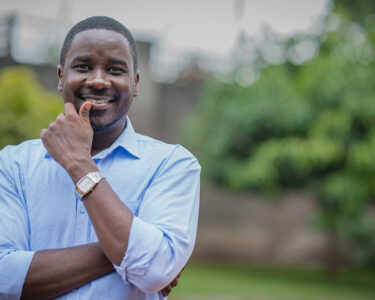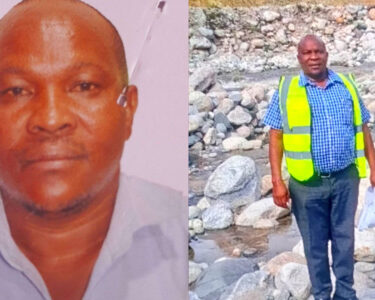The Catholic Church will officially begin the process of electing a new Pope on May 7, following a decision by roughly 180 cardinals currently gathered in Rome. Just over 100 of them those under the age of 80 are eligible to vote in the conclave, which will take place inside the Sistine Chapel.
The date was confirmed during the fifth General Congregation held at the Vatican on Monday morning. As is customary, the Sistine Chapel will be closed to the public throughout the conclave.
Also Read
Special Police Constables Face Uncertain Future As Police Conduct Review
Opposition UPC Sets Presidential Nomination Fees at 20 Million
Police Caution Applicants Against Forgery In Ongoing Recruitment
NRM Caucus To Convene At State House On May 2 To Tackle Key Legislative Matters
Before the secretive election process begins, the cardinal electors will attend a special Mass known as Pro Eligendo Papa, praying for divine guidance in selecting the next Supreme Pontiff. Later that same day, they will process solemnly into the Sistine Chapel, where the doors will be sealed and the conclave officially begins.
Each voting cardinal must take a solemn oath, pledging to maintain strict secrecy about the proceedings and promising to act in good faith and without external influence. Once the oaths are taken, all non-electors are dismissed from the chapel with the traditional declaration: “Extra omnes” “Everyone out.”
Only the Master of Pontifical Liturgical Celebrations and a designated preacher remain briefly to deliver a final meditation urging the cardinals to approach their task with the purity of heart and a deep sense of responsibility to the global Church.
The entire conclave will take place within the sealed Vatican Apostolic Palace. During this time, the electors are completely cut off from the outside world no newspapers, no phone calls, no broadcasts, and no correspondence of any kind.
A two-thirds majority vote is required to validly elect a new Pope. If voting begins on the first afternoon, there will be only one round that day. Starting the next day, cardinals may vote up to four times daily two in the morning and two in the afternoon.
Ballots from each round are burned in a chapel stove, with black smoke indicating no decision has been reached. White smoke, however, signals the election of a new Pope.
If the process remains deadlocked after three days, the electors pause for prayer and reflection, guided by a spiritual exhortation from the Cardinal Proto-Deacon.
When a candidate finally receives the required votes, the Dean of the College of Cardinals will ask him two critical questions: whether he accepts the election, and what papal name he chooses. A written record is then drawn up by the Master of Liturgical Celebrations.
From that moment, the newly elected Pope assumes full authority over the Catholic Church. The cardinals then offer him their obedience before the Cardinal Proto-Deacon steps onto the balcony of St. Peter’s Basilica and proclaims to the world: “Habemus Papam” “We have a Pope.”
The new Pontiff will then emerge to give his first Urbi et Orbi blessing. He will later take possession of the Archbasilica of St. John Lateran, the Pope’s cathedral in Rome.






2 Comments